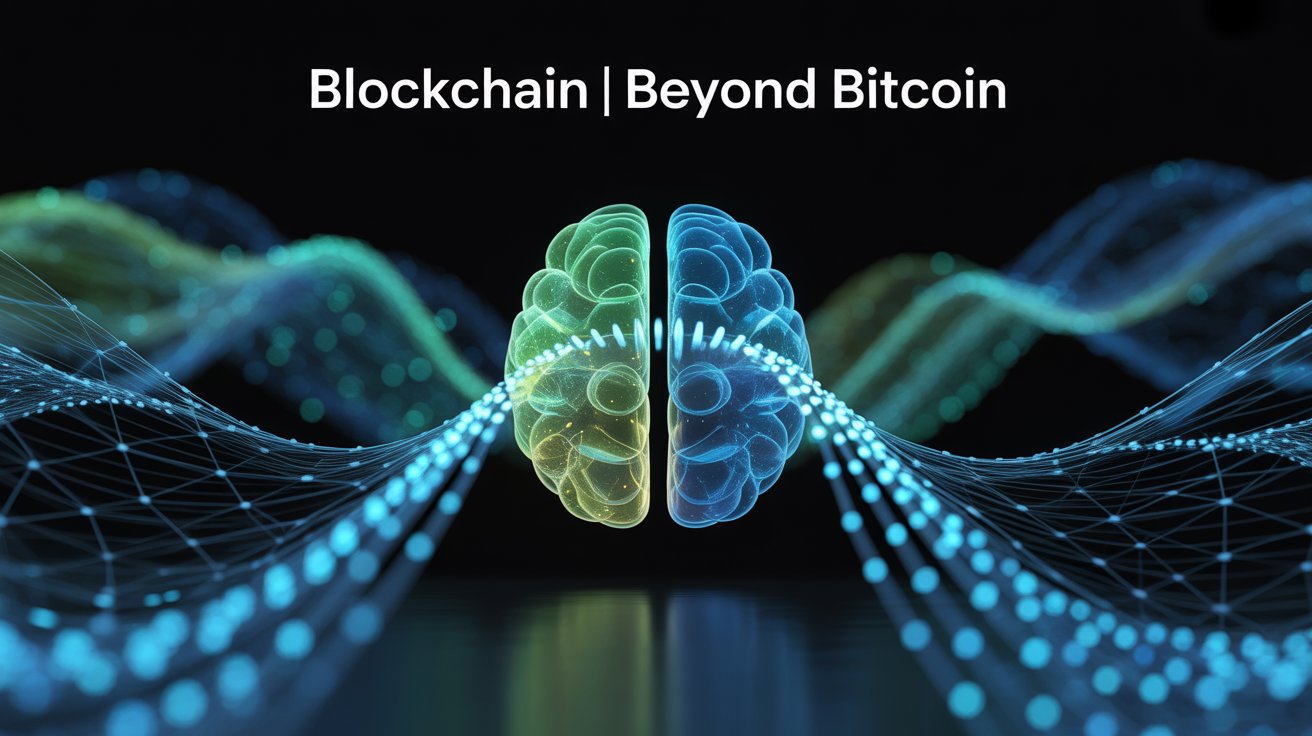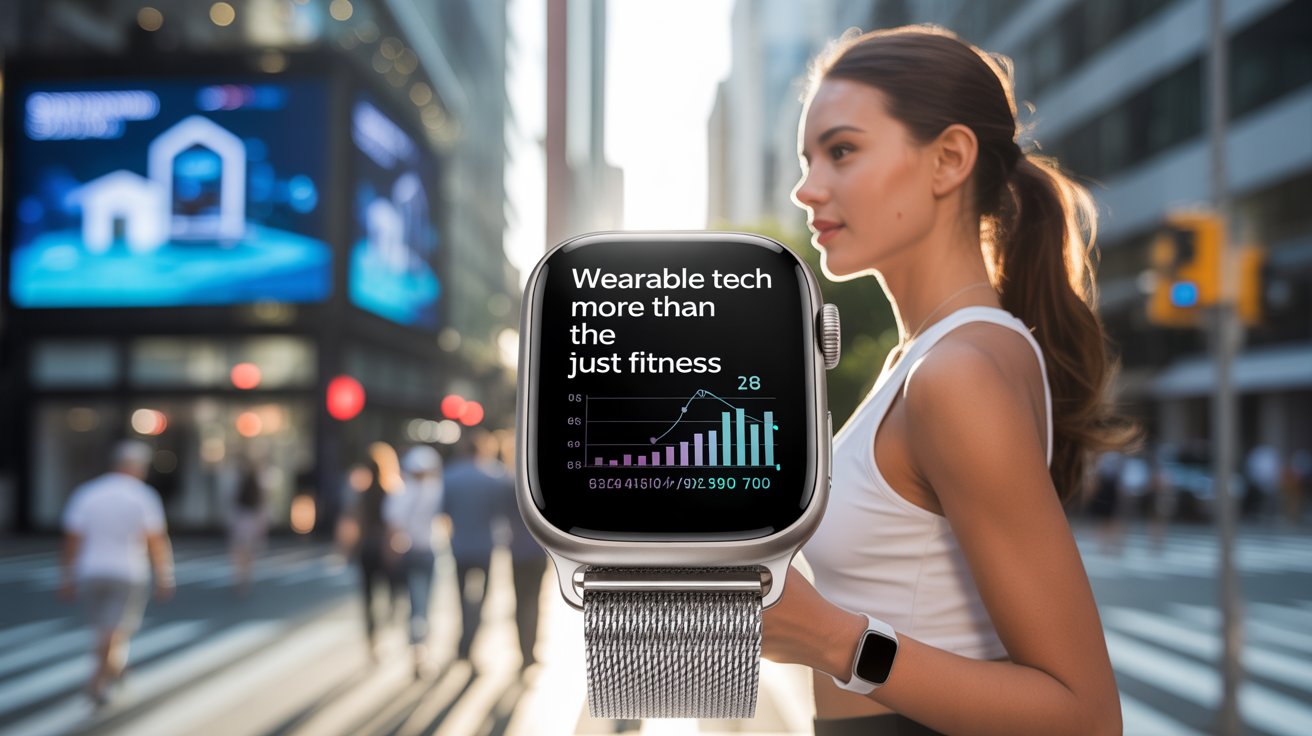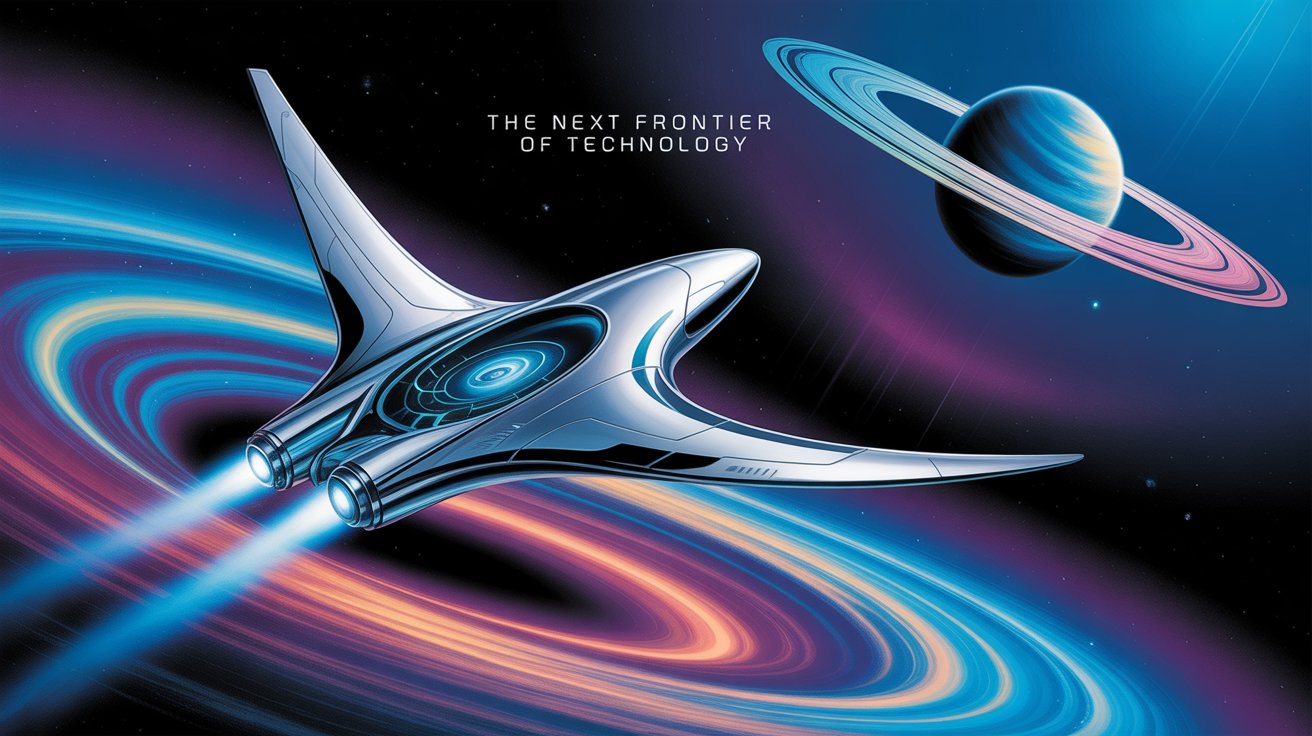When people hear the word blockchain, most immediately think of Bitcoin or other cryptocurrencies. But in 2025, blockchain has grown far beyond digital currencies. It’s now being used in industries like healthcare, logistics, real estate, and even voting systems. This powerful technology is quietly transforming the world behind the scenes—and its true potential is only beginning to be unlocked.
What is Blockchain, Really?
At its core, a blockchain is a decentralized digital ledger that records transactions in a secure, transparent, and tamper-proof way. Every block of data is linked to the previous one, creating a “chain” that cannot be changed without altering every subsequent block. This makes it incredibly secure and trustworthy.
There’s no single authority controlling the data; instead, it’s verified and stored across a network of computers. This decentralization is what gives blockchain its strength.
Real-World Applications of Blockchain (Beyond Crypto)
1. Supply Chain Transparency
Blockchain allows companies to track products from origin to destination. For example, a grocery store can verify that its “organic” vegetables really came from a certified organic farm. Consumers can scan a QR code and see the entire journey of the product—from source to shelf.

This is particularly useful in preventing fraud, improving food safety, and reducing counterfeit goods in industries like fashion, electronics, and pharmaceuticals.
2. Healthcare Records
Hospitals and clinics are using blockchain to securely store patient data. Instead of scattered records across various hospitals or labs, a patient’s full medical history can be securely stored on a blockchain. The patient controls access and can share their data with doctors anywhere in the world—instantly and safely.
3. Smart Contracts
Smart contracts are self-executing agreements written in code and stored on a blockchain. They automatically carry out terms when conditions are met. For example, a smart contract in real estate can automatically transfer ownership once payment is received—no middlemen required.
This reduces legal costs, paperwork, and human error, making transactions faster and cheaper.
4. Voting Systems
Several governments are testing blockchain-based voting to eliminate election fraud and increase transparency. Because each vote is verified and recorded permanently, it’s nearly impossible to tamper with results. Voters could potentially cast ballots securely from their phones in the future.
5. Digital Identity
Blockchain can give people control over their digital identity. Instead of handing over personal data to dozens of websites, you could prove who you are with a blockchain-based identity key. This minimizes the risk of data breaches and identity theft.
Challenges to Widespread Adoption
Despite its potential, blockchain adoption faces hurdles:
-
Scalability: Some blockchains are slow and energy-intensive.
-
Regulation: Legal frameworks are still catching up.
-
Public Understanding: Many people still associate blockchain only with crypto.
But with ongoing innovation, these barriers are gradually being overcome.
Final Thoughts
Blockchain is more than a financial tool—it’s a technology of trust. Whether it’s tracking a shipment, securing a medical record, or running a transparent election, blockchain is proving its value in diverse and powerful ways. As more industries adopt it, blockchain could become as foundational to digital life as the internet itself.



